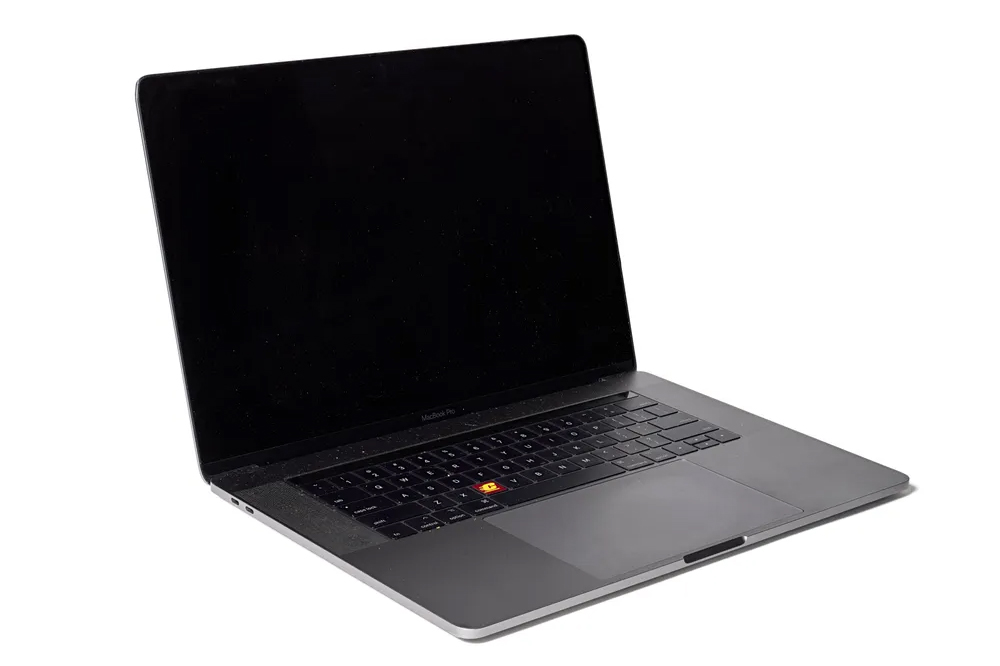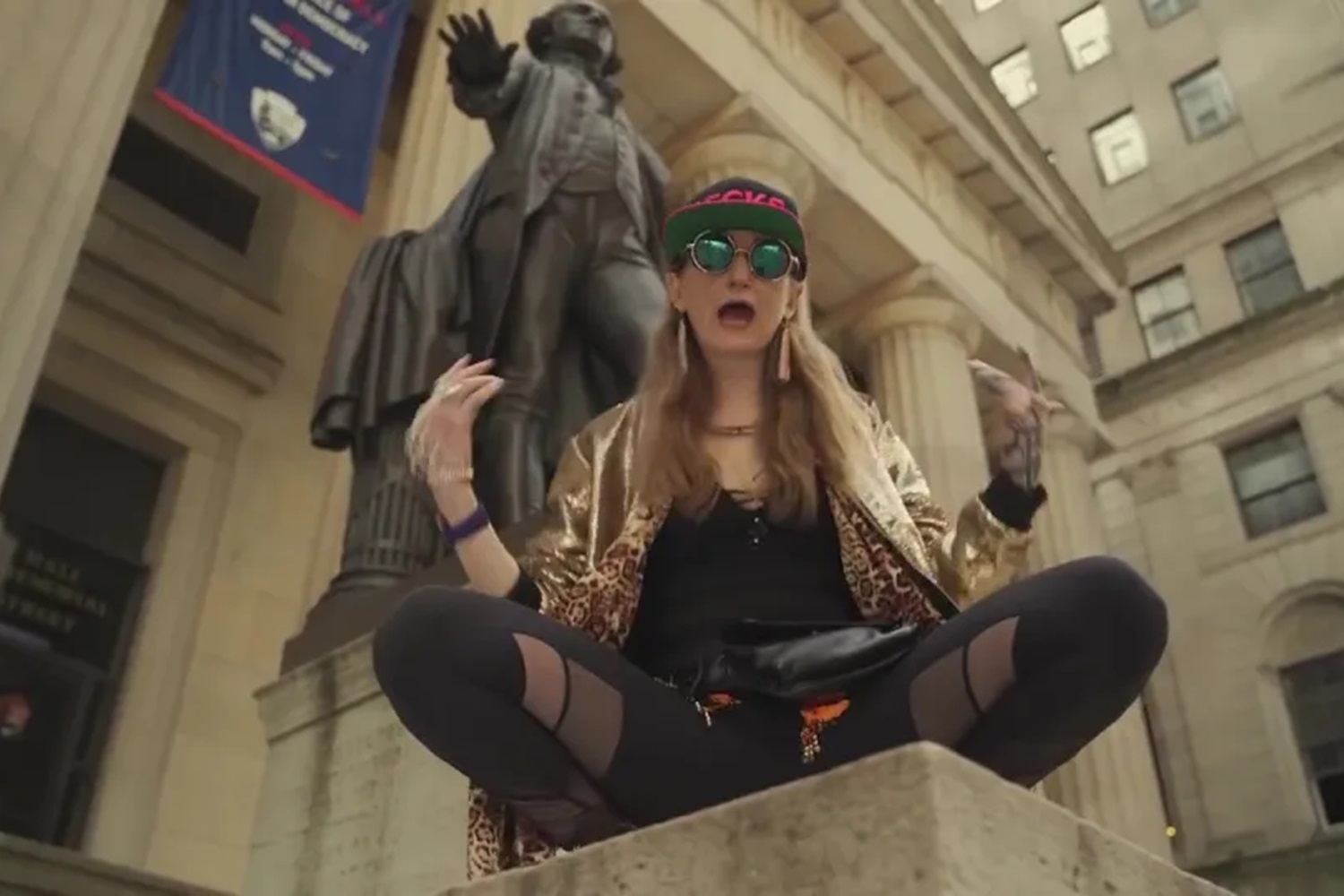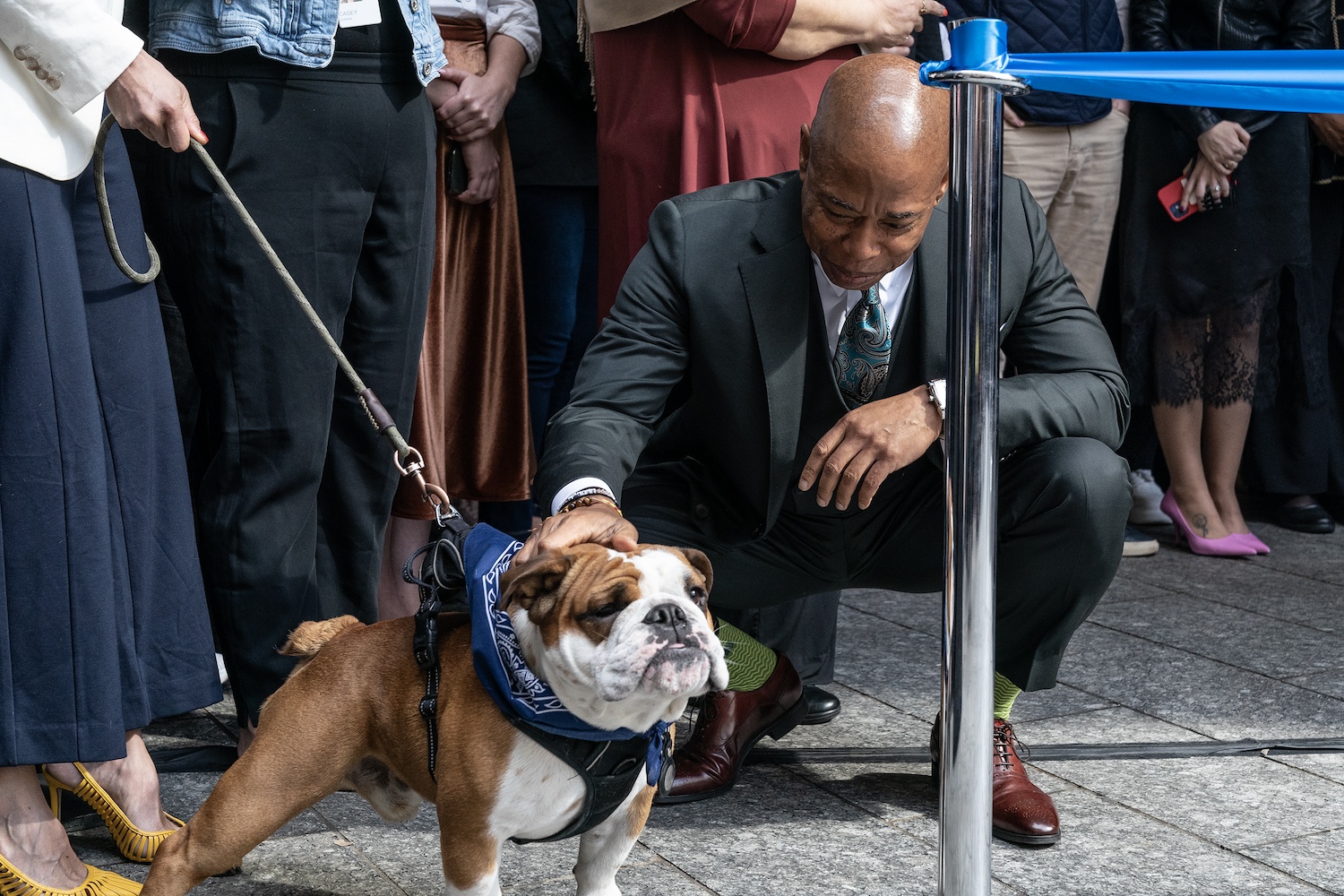The National Numismatic Collection at the Smithsonian Museum is a catalog of money. It houses gold bars, 600,000 Confederate banknotes, and gold coins from the 14th century. Now it also houses a MacBook, one that once contained the keys to $3.6 billion in stolen Bitcoin.
Soon, the laptop will be on display at the museum as part of its “The Value of Money Gallery” where it will sit next to tea, stones, silver, gold, and seashells. The laptop once belonged to Chris Janczewski, an IRS Criminal Investigator who was involved in bringing down Ilya Lichtenstein and Heather Morgan [aka Razzlekhan].
Lichtenstein and Morgan are Bitcoin’s Bonnie and Clyde. In 2016, Lichtenstein hacked into the cryptocurrency exchange Bitfinex and stole almost 120,000 in Bitcoin. At the time it was worth around $70 million. Morgan had helped him launder it. When they were arrested in 2022, the value was more than $3 billion. It was the biggest financial seizure in DOJ history.
Janczewski’s laptop was instrumental in bringing down the pair. Proponents of cryptocurrency swear by its anonymity, but the Blockchain never forgets. A talented digital forensics expert can map wallets, connect them to people, and create a history of use and spending that proves criminal behavior. That’s exactly what Janczewski did.
When the case was strong enough, the Department of Justice raided Lichtenstein and Morgan’s NYC apartment and seized their digital assets. Janczewski used this laptop to root through their files where he discovered the keys to the stolen Bitcoins. For a brief period, the investigator’s laptop held the keys to a $3.6 billion fortune.

According to a blog about the laptop from National Numismatic Collection curator Ellen Feingold, the museum has long understood that cryptocurrency was important but has struggled with how to display it in a museum.
This is not the only piece of cryptocurrency ephemera the museum owns. “I collected a copy of Bitcoin magazine (a print magazine for a virtual currency), two ‘physical’ Bitcoins that had a hologram on the back containing private keys (ours had the holograms removed before donation), and two pieces of 3D-printed Bitcoin jewelry. Known as the ‘Bitcoin engagement ring,’ a silver ring with a small stylized ‘B,’ and the ‘Bitcoin bling,’ a gold necklace with an oversized ‘B,’ each contains a QR code that links to a digital wallet and shows how much money the owner has stored there,” Feingold said.
For Feingold, the laptop helps capture the moment when illusions about the anonymity granted by cryptocurrency shattered. “The NNC’s latest acquisition, a seemingly mundane 2019 MacBook Pro, captures this shift in our knowledge and the real-world implications of Bitcoin’s traceability,” she said.
The U.S. Department of Treasury had custody of the laptop before handing it over to the Smithsonian. Magistrate Judge Zia Faruqui took notice of the strange object and reached out to the museum to tell them how important it was.
Lichtenstein and Morgan plead guilty to the theft. Lichtenstein was sentenced to five years in prison. Morgan got 18 months. Morgan, in addition to being a thief, was also the self-styled “Crocodile of Wall Street” who rapped under the name Razzlekahn. Netflix made a documentary about them.
“While the public may be enthralled by these larger-than-life personalities, to me the real story is how their case helps reshape our understanding of cryptocurrency from an anonymous to a pseudo-anonymous form of exchange,” Feingold said in her blog. “Most people can still use cryptocurrency to make transactions without sharing the details with their families and banks, but criminals cannot rely on cryptocurrencies to hide their crimes and shield them from prosecution.”














